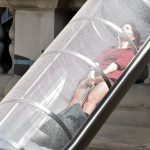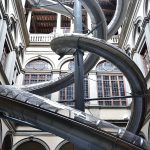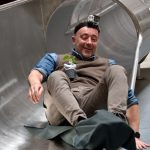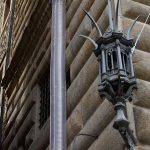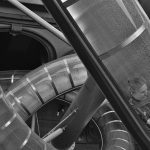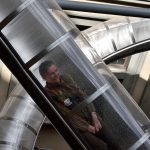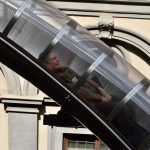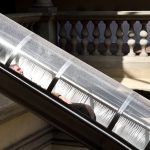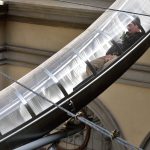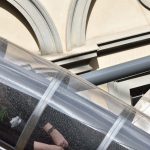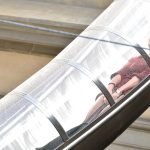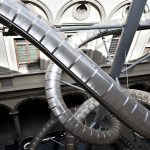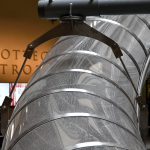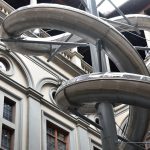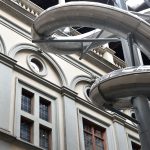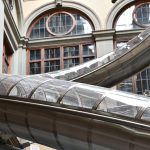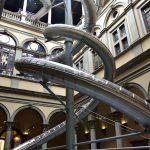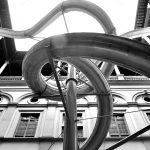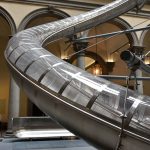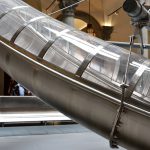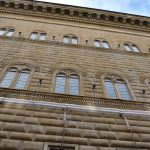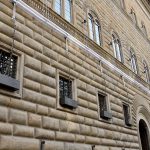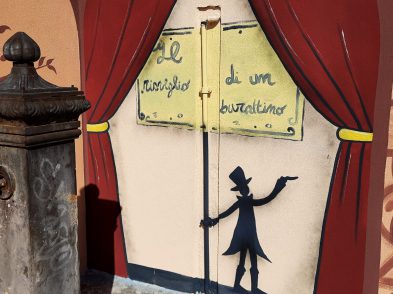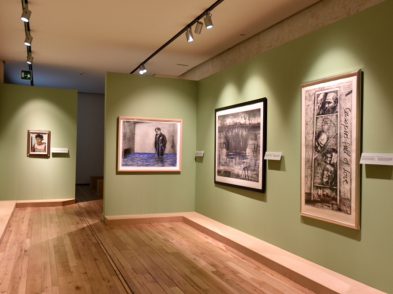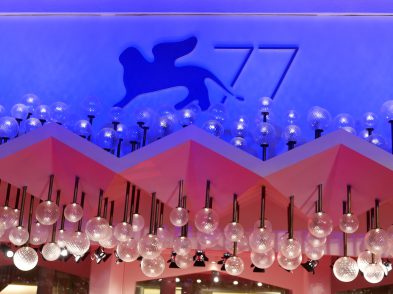- ph. Andrea Paoletti
- ph. Andrea Paoletti
- ph. Andrea Paoletti
- ph. Andrea Paoletti
- ph. Andrea Paoletti
- ph. Andrea Paoletti
- ph. Andrea Paoletti
- ph. Andrea Paoletti
- ph. Andrea Paoletti
- ph. Andrea Paoletti
- ph. Andrea Paoletti
- ph. Andrea Paoletti
- ph. Andrea Paoletti
- ph. Andrea Paoletti
- ph. Andrea Paoletti
- ph. Andrea Paoletti
- ph. Andrea Paoletti
- ph. Andrea Paoletti
- ph. Andrea Paoletti
- ph. Andrea Paoletti
- ph. Andrea Paoletti
- ph. Andrea Paoletti
- ph. Andrea Paoletti
- ph. Andrea Paoletti
- ph. Andrea Paoletti
Until 26 August 2018 Palazzo Strozzi is hosting The Florence Experiment, a new site-specific project jointly devised by artist Carsten Höller and scientist Stefano Mancuso: an experiment combining art and science to study the interaction between plants and human beings. The public is directly involved in the project thanks to two monumental slides allowing visitors to slide from the 20-metre high loggia, down to the courtyard, and to a laboratory installed in the Strozzina and connected to the façade of the Palazzo.
Carsten Höller is well-known for his work on the interaction between art, science and technology and for his installations focusing on strong visitor involvement. For this project he works with Stefano Mancuso, a founding father of the plant neurobiology, whose interest focuses on plant intelligence, analysing plants as complex beings endowed with astonishing sensitivity and with the capacity to communicate with their surrounding environment through the chemical compositions that they manage both to perceive and to emit.
The Florence Experiment triggers a reflection on the relationship between human beings and plants. The project aims to forge a new awareness of the way in which mankind sees, senses and interacts with plant life and transforming Palazzo Strozzi into a revolutionary space hosting a scientific and artistic experiment that explores all living beings’ ability to communicate and to experience emotions.
The first part of the experiment comprises two large slides in the courtyard (“The Florence Experiment Slides”) at visitors’ disposal to experience Palazzo Strozzi in a totally new way. Every week, a random selection of visitors descend the slides carrying a bean plant. They then hand the plants to a team of scientists who analyse the photosynthetic parameters and molecules emitted in response to the sliding experience. The results are compared to those of plants that have been subjected to the experience on their own and others that have not experienced the slides at all.
The second part of the experiment (“Plant Decision-Making Based on Human Smell of Fear and Joy”) consists of two cinema theatres screening excerpts from horror films and comedies. Visitors’ fear or joy produce different volatile chemical compounds which are conveyed through two ducts to the façade, where they may or may not influence the growth of Wisteria plants climbing on Y-shaped structures. The “smell of fear” is released on one shank of the Y, the “smell of joy” on the other.

